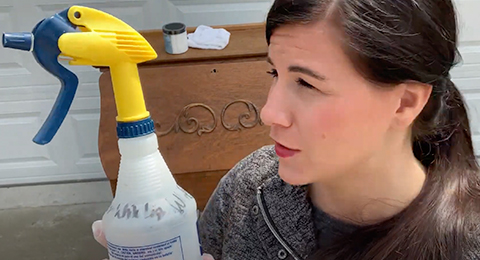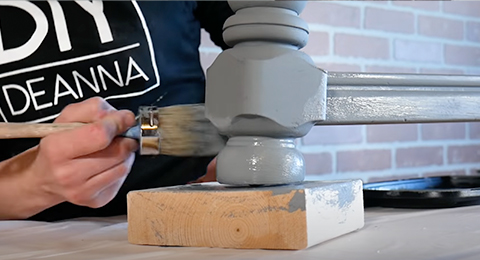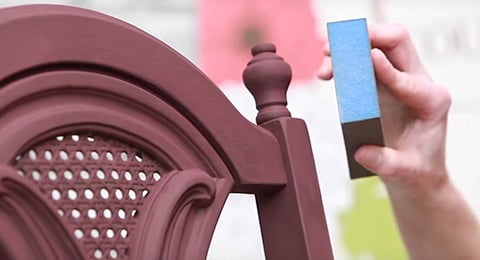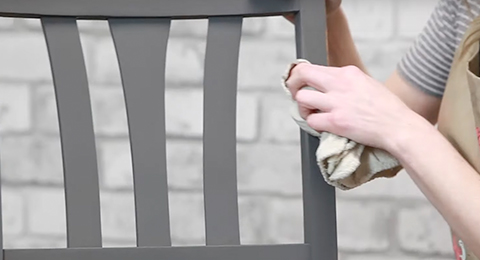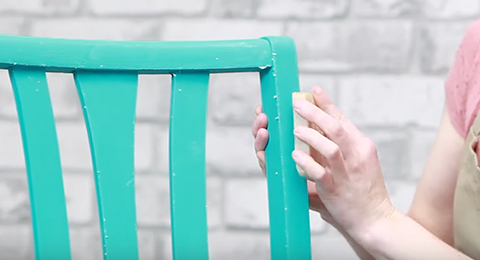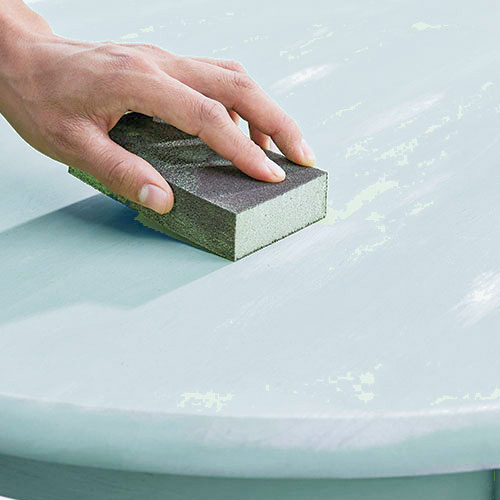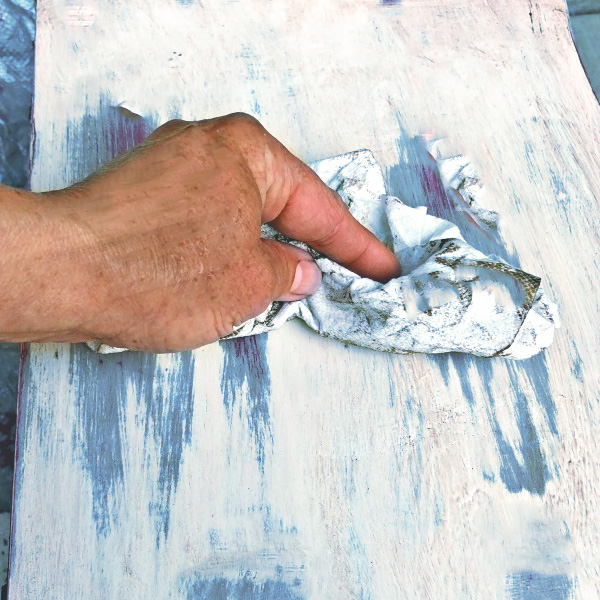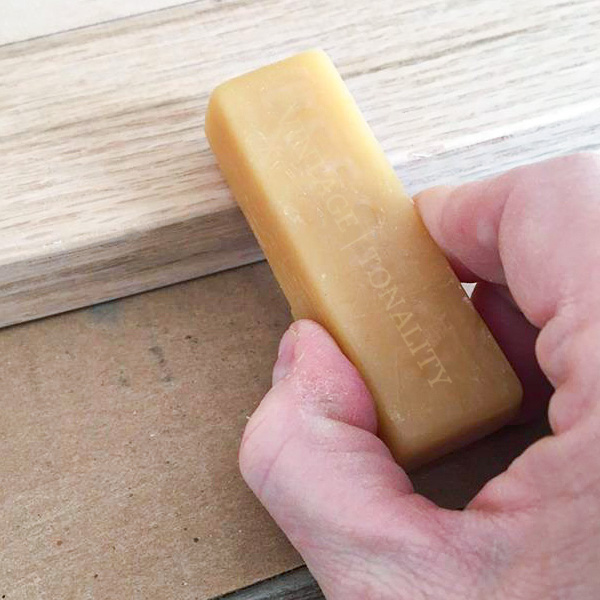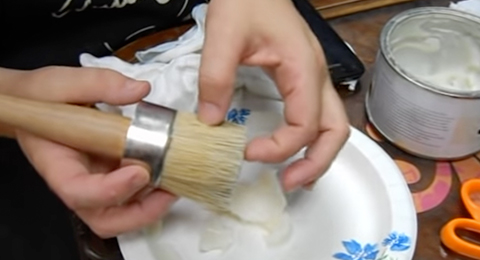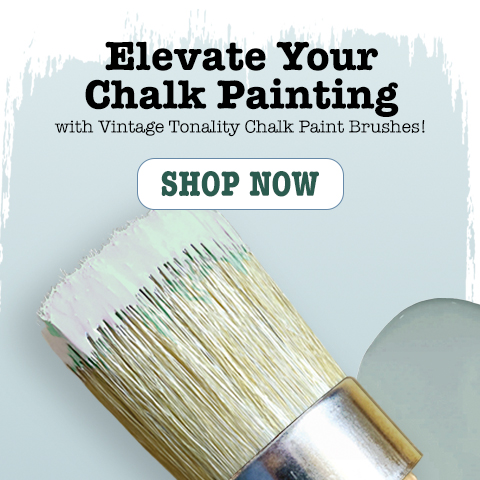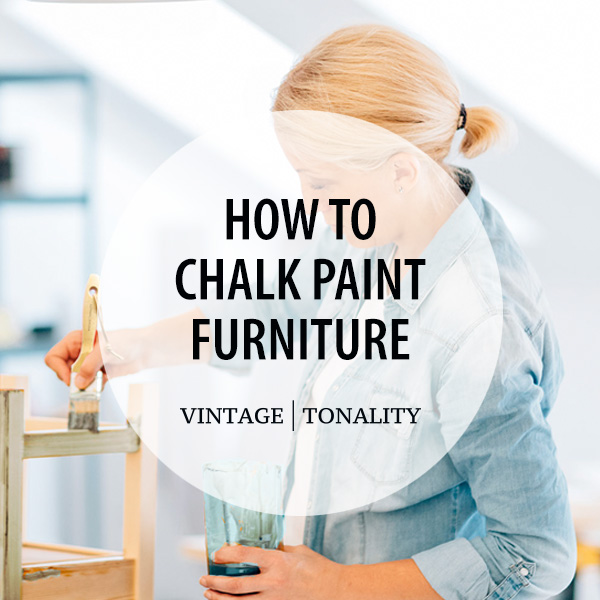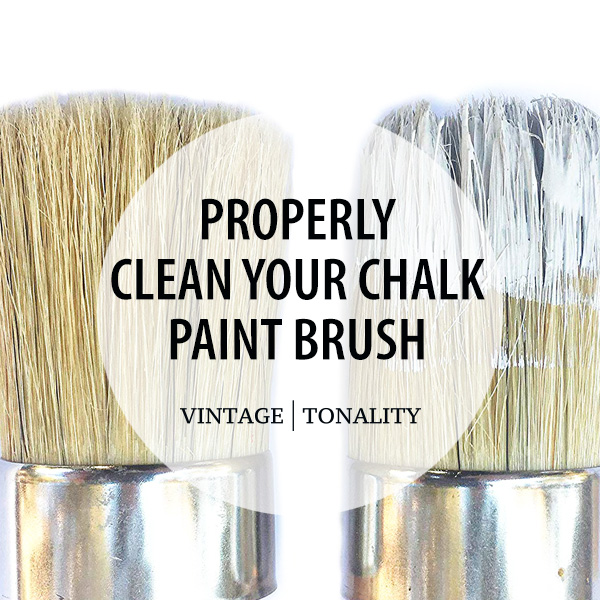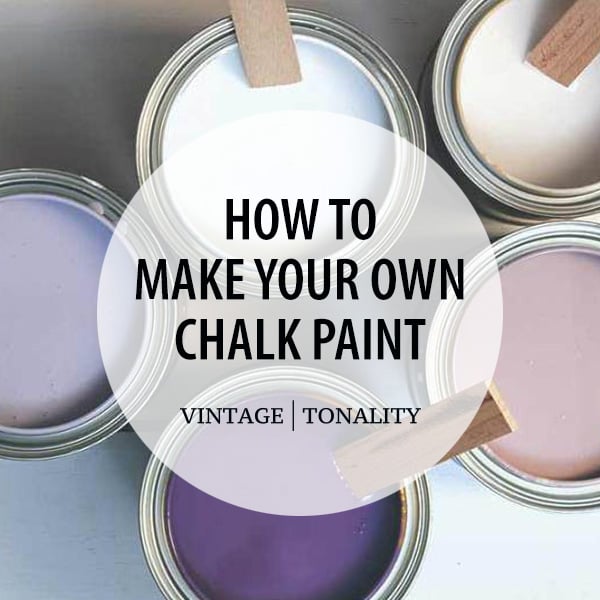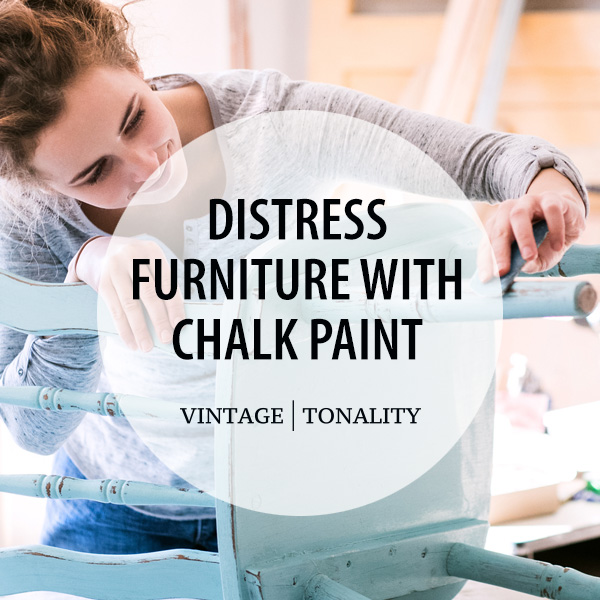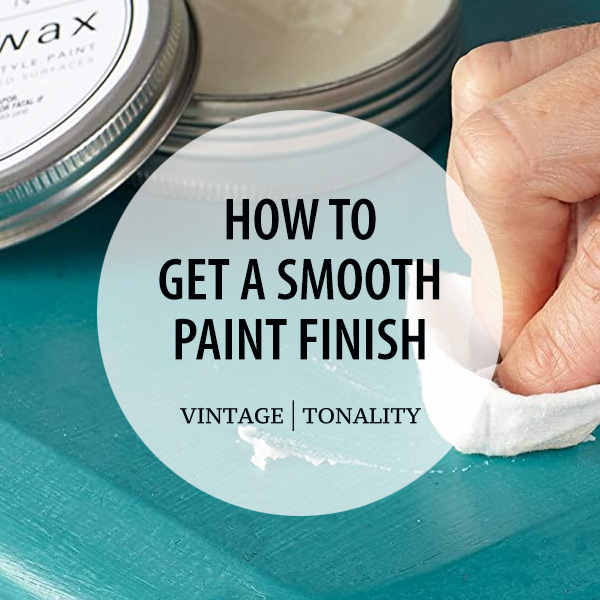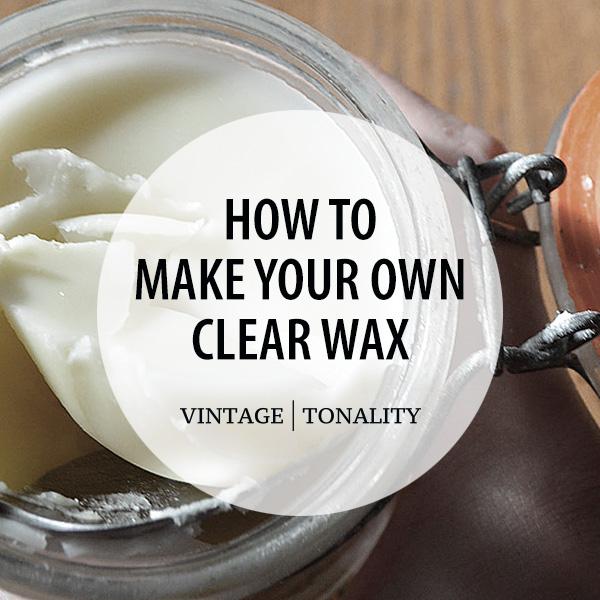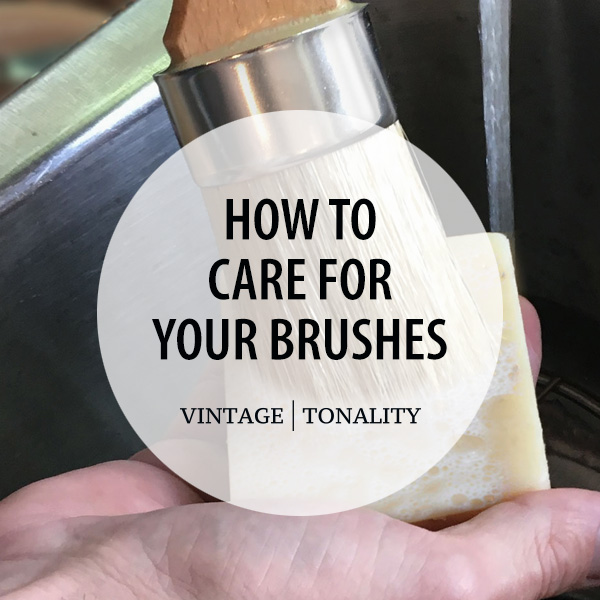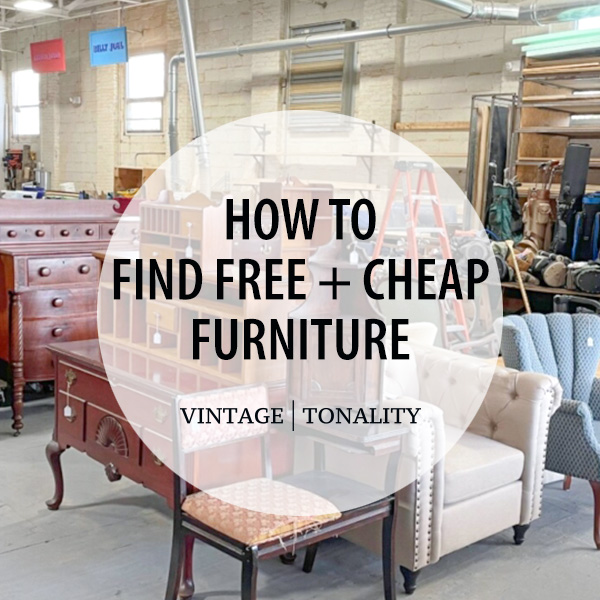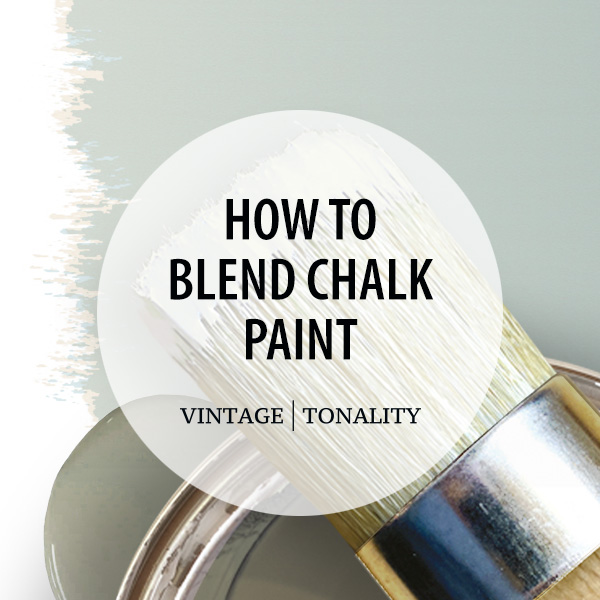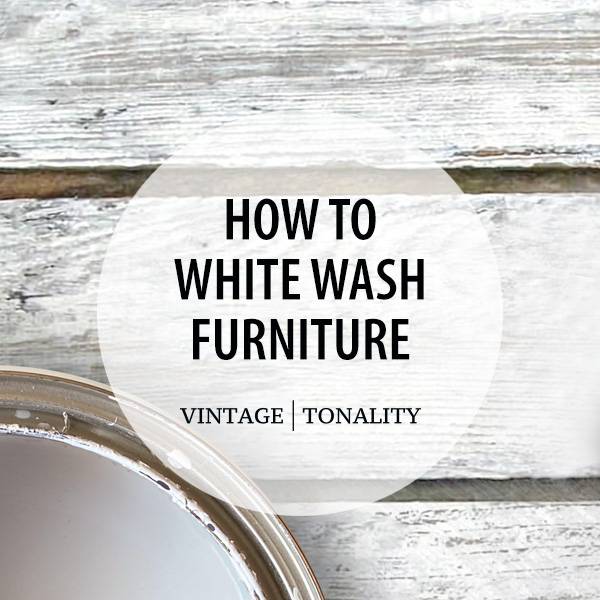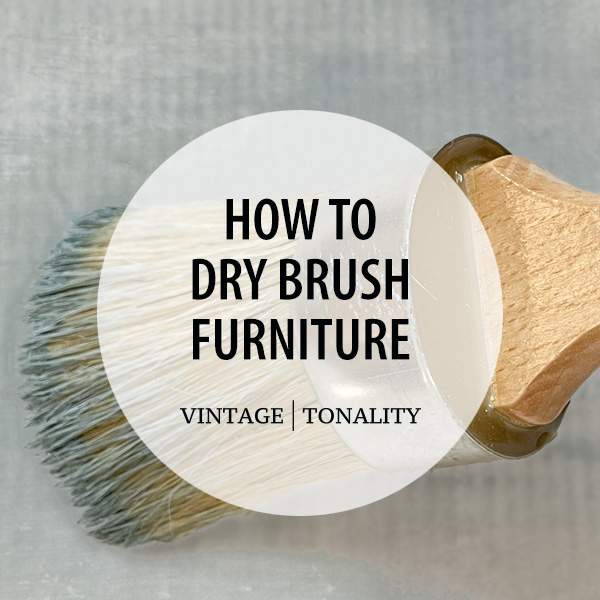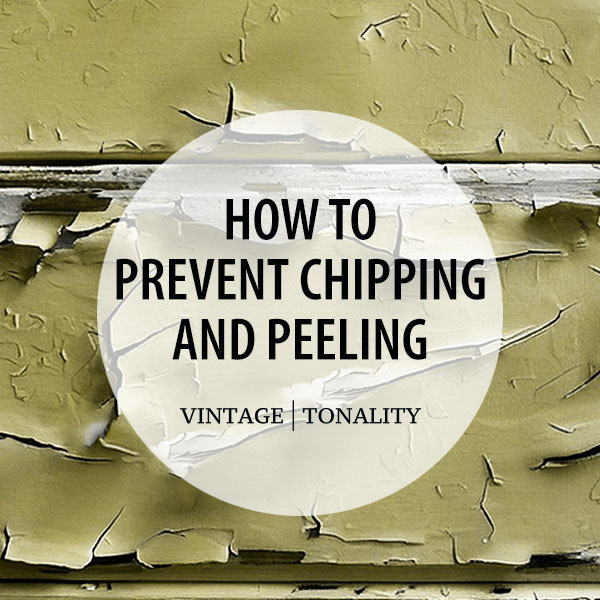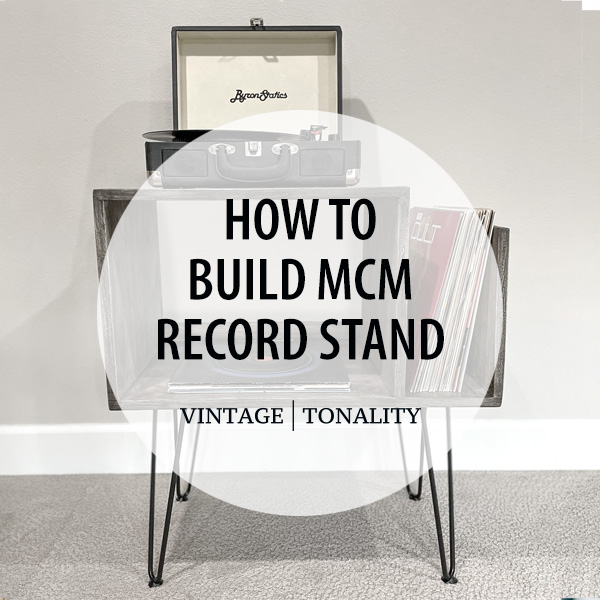How to Distress Furniture with Chalk Paint: A Comprehensive Step-by-Step Guide
Chalk paint is a popular option for distressing furniture because of its versatility and ability to transform pieces with ease.
Chalk paint is a popular option for distressing furniture because of its versatility and ability to transform pieces with ease.

Intro: Distressing Furniture
Whether you're looking to revamp a dated piece or simply want to add some character to your décor, distressing furniture with chalk paint is an easy and affordable way to achieve the desired look. In this comprehensive guide, we'll walk you through the process of distressing furniture with chalk paint, from start to finish.
Step 1: Preparation
Before you begin the distressing process, it's important to prepare your furniture properly. Clean the surface of the piece thoroughly and make any necessary repairs. Sand the surface lightly to remove any rough spots or bumps, but be careful not to sand too much or you could compromise the integrity of the surface material. If you are painting a piece of furniture that has already been painted or stained, you may need to prime it first to ensure that the chalk paint adheres properly.
Supplies.
Step 2: Applying the Chalk Paint
Now it's time to start painting. Choose a high-quality chalk paint that is appropriate for the type of furniture you're working on. If you're working on a large piece of furniture, consider purchasing a quart of paint to ensure that you have enough to complete the project. Apply the paint evenly and in thin, even coats. Be sure to allow each coat to dry completely before applying the next. Depending on the type of chalk paint you choose, you may need to apply 2-3 coats to achieve the desired coverage.
Supplies.
Step 3: Distressing the Furniture
Once the final coat of chalk paint has dried, it's time to start distressing. There are a few different methods for distressing furniture, so choose the one that works best for your piece and your personal style. Here are a few popular options: Dry Distress, Wet Distress, Wax Distress (Resist Technique)
Dry Distressing
Dry distressing is a popular technique used to give furniture a vintage or shabby chic look. The idea is to create an illusion of wear and tear by removing some of the paint to reveal the underlayer or wood grain. This technique is often used on furniture that has been painted with chalk paint, which has a matte, velvety finish that makes it ideal for distressing.
Overview. Using a medium (150) to fine (220) grit sand paper or sanding block, apply light pressure to the surface area. You can always go back and distressed those areas with more sanding as needed. You’ll want to hit those edges, corners and high spots that would naturally be affected from normal use to achieve the aged look. If you do happen to make a mistake you can easily touch up the area with more paint.
Supplies.
Steps.
- Apply one coat and let paint dry completely.
- Add additional coats as desired, allowing each coat to dry before before applying the next.
- Begin with 180 grit sandpaper lightly go over the surface areas you wish to remove paint. Apply more or less pressure for desired look.
Note.
It's important to be gentle and avoid over-distressing the piece, as this can make it look too rough or fake. Start with a light touch and add more distressing as needed.
Wet Distressing
Wet distressing is a technique used to create a more natural and authentic-looking distress on furniture. Unlike dry distressing, which involves sanding the paint to reveal the underlayer, wet distressing involves using a damp cloth to gently wipe the paint away. This technique is often used on furniture that has been painted with chalk paint, which has a porous surface that makes it easy to distress.
Overview. This technique is ideal when layering colors. It can be used to create a more natural looking worn effect. Wet distress works best after the second layer of paint color has been applied and dry to the touch (20 minutes). You’ll need a bucket of water and a lint-free cloth or scouring pad. The cloth should be damp, but not soaking/dripping wet. Gently rub the cloth across the surface in a back-and-forth motion with a little pressure at first and then apply more if needed to remove paint. You can distress the edges as well as the flat surfaces for the worn effect you desire.
Supplies.
Steps.
- Apply one coat and let paint dry completely.
- Apply the next coat in a different color and let dry for 20 minutes.
- Remove the top color with a damp lint-free cloth focusing on corners, edges and raised surface areas.
Note.
Wet distressing can result in a more organic and natural-looking distress. It's important not to over-distress the piece, as this can result in an artificial or excessive appearance. Begin with a light touch and gradually build up the level of distressing to achieve the desired look.
Wax Distressing / Resist Technique
Wax distress, also known as the "resist" technique, is a method used to create a subtle and sophisticated distress on furniture. This technique involves applying a layer of wax to the surface of the furniture, painting over it, and then sanding or scraping the paint away to reveal the underlying wax. This creates a distressed effect that is both subtle and elegant. Here are the steps for wax distressing (resist technique) over chalk paint.
Overview.For the this technique you’ll want to use a natural (bee) wax, petroleum jelly, or candle wax. When applied to painting surface areas it will act as a resistance to the paint. For a natural look you will first want to apply or rub some of the edges, corners and raised surface spots. The wax is going to resist the second layer of paint in those places and the paint will come off easily when you begin lightly distressing with a wet cloth or sanding block. If you make a mistake and applied to much to a specific area you can use Mineral Spirits on a lint-free cloth to remove the excess.
Supplies.
Steps.
- Apply base coat and allow to dry for a minimum of 24 hours.
- Apply (rub) the resisting agent over the areas you wish for the paint to show through your top coat of paint. Focus on edges, corners and raised up areas.
- Apply a second (top) coat over your base layer and allow to dry for 1-2 hours.
- With a damp lint-free cloth and/or fine grit sand paper go over the areas where the resisting agent was applied to remove paint.
Note.
The wax distressing method can bring a touch of sophistication to your furniture with its delicate and subtle distressed effect. However, it requires care and accuracy. Over-distressing can take away from the refined appearance, so it's important to proceed with a gentle touch and build up the level of distressing as desired.
Step 4: Sealing the Furniture
After you've achieved the desired level of distressing, it's time to seal the piece. Choose a high-quality clear wax or polyurethane or a water-based polycrylic to protect the paint and ensure that it lasts for years to come. Apply the sealant evenly and in thin, even coats, being careful not to leave any drips or bubbles when using a polyurethane or polycrylic. Allow the sealant to dry completely before using the piece.
Supplies.
Tips for Distressing with Chalk Paint
In addition to these basic steps, there are a few tips you can follow to get the best results when distressing with chalk paint:
- Work in a safe environmen: Work in a well-ventilated area, and wear gloves and a dust mask to protect yourself from the dust and chemicals in the paint and sandpaper.
- Be patient: and take your time. Distressing takes some practice, but the results are worth it.
-
Experiment with different tools: You can use various tools to distress your furniture, such as sandpaper, wire brushes, and sanding sponges. Each tool will produce a unique look, so feel free to try a few and see what works best for you.
-
Distress in stages: Start by distressing lightly, then add more if desired. This way, you can control the amount of distressing and avoid overdoing it.
-
Focus on high-wear areas: Distress areas that would naturally receive more wear and tear, such as edges, corners, and raised surfaces.
-
Use a sealer: Apply a clear wax or polyurethane sealer to protect your furniture and give it a smooth, polished finish.
-
Sand between coats: Sand your furniture between coats of paint and sealer for a more polished look.
-
Use different colors: To create a multilayered look, consider using two or more colors of paint, distressing each one separately before applying the final coat.
-
Be mindful of the grain: Distress along the grain of the wood, as this will give you a more natural look.
-
Create a weathered look: To achieve a weathered look, use sandpaper or a wire brush to rough up the edges and corners of your furniture.
-
Add some character: Consider using stencils or stamps to add extra character to your furniture, such as numbers, letters, or other designs.
-
Let it age naturally: Over time, your furniture will naturally age and become more distressed, so be patient and let it happen naturally.
Conclusion
Distressing furniture with chalk paint is a fun and easy way to give your furniture a rustic, vintage, shabby-chic look. By following these simple steps, you can create a beautiful piece like a pro that will be a standout in your home. So, gather your supplies, find a piece of furniture that needs a makeover, and get started on your next project!
More: Articles + Guides
How To Chalk Paint Furniture Transform your furniture into beautiful vintage-inspired pieces with this step-by-step guide on how to chalk paint furniture.
How To Distress Furniture In this comprehensive guide, we'll walk you through the process of distressing furniture with chalk paint, from start to finish.
Priming Before Chalk Painting Understanding the pros and cons of priming before chalk painting furniture and understanding bleed-through solutions.
White Wash With Chalk Paint Whitewashing with chalk paint is a great way to create a fresh, rustic look that will make your furniture piece stand out.
Dry Brush With Chalk Paint A technique used with chalk paint to create a beautiful, textured finish that gives furniture and decorative items an aged, vintage look.
This page contains external supply links to Amazon. We provide these links as a courtesy to you, and we may receive a small commission from Amazon's affiliate marketing. YouTube generates preview thumbnails for video tutorials are used under the Fair Use Act.
© 2015 - 2024
Vintage | Tonality® - All rights reserved. Any unauthorized use, such as distributing, copying, modifying, or reprinting, is not permitted.
Site content protected by: Digital Millennium Copyright Act



